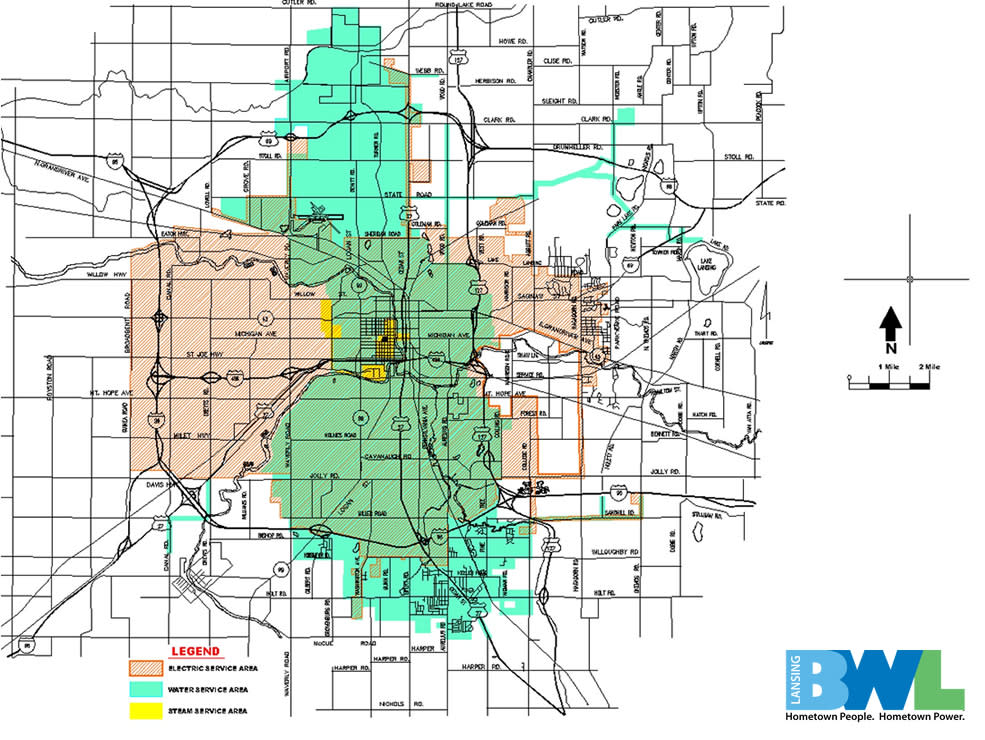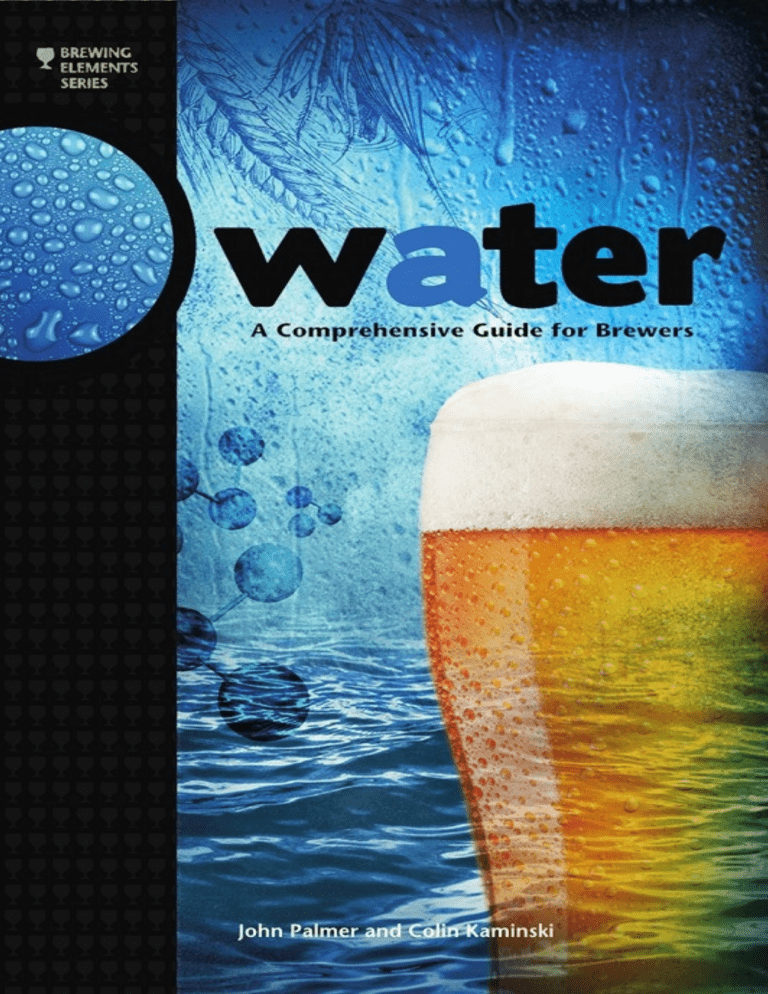What You Need To Know About The Board Of Water And Light: A Comprehensive Guide
Alright folks, let’s dive straight into it. The Board of Water and Light (BWL) is one of those essential utilities we often take for granted—until something goes wrong. Whether you’re dealing with water supply issues, power outages, or just trying to figure out how this whole system works, understanding the ins and outs of BWL can save you a lot of headaches. So, buckle up because we’re about to break it all down for you in this comprehensive guide.
Think of the BWL as the backbone of your community's infrastructure. They’re responsible for delivering clean water and reliable electricity to thousands of households and businesses. But what exactly does that mean? How do they operate? And more importantly, how does it affect you? Stick around, and we’ll answer all these questions—and more!
Now, I know some of you might be thinking, "Why should I care about water and light?" Well, my friend, without them, life as we know it would come to a screeching halt. So, whether you’re a homeowner, a business owner, or just someone who enjoys having hot showers and functioning Wi-Fi, this guide is for you. Let’s get started!
Read also:18 Desi Junction The Ultimate Guide To Exploring South Asian Adult Entertainment
Understanding the Basics of the Board of Water and Light
First things first, let’s talk about what the Board of Water and Light actually does. Simply put, the BWL manages two critical resources: water and electricity. They ensure that both are delivered safely, efficiently, and at a fair cost to consumers. It’s not just about flipping switches or turning on taps; it’s about maintaining an entire network of systems that keep our modern lives running smoothly.
Here’s a quick rundown of their responsibilities:
- Providing clean drinking water to residents and businesses.
- Generating and distributing electricity to power homes and industries.
- Ensuring compliance with environmental regulations.
- Maintaining infrastructure like water treatment plants, power stations, and distribution lines.
So, why is this important? Because the BWL plays a vital role in shaping the quality of life in its service area. Reliable water and electricity aren’t just conveniences—they’re necessities. And when things go wrong, the impact can be felt across the entire community.
History of the Board of Water and Light
Let’s take a trip back in time to understand how the BWL came to be. Established in [insert founding year], the Board of Water and Light has been serving [service area] for over a century. Originally created to address the growing demand for water and electricity, the organization has evolved significantly over the years.
In the early days, the focus was on basic services like pumping water and generating electricity through coal-fired plants. Fast forward to today, and the BWL is now investing heavily in renewable energy sources like wind and solar. This shift reflects a broader commitment to sustainability and reducing carbon emissions.
But don’t just take my word for it. According to a report by [credible source], the BWL has reduced its carbon footprint by [percentage]% over the past decade. That’s pretty impressive if you ask me!
Read also:Dreka And Kevin Gates Cousins Exploring Their Connection And Musical Journey
Key Services Offered by the Board of Water and Light
Now that we’ve covered the basics, let’s dive deeper into the services provided by the BWL. Here’s a breakdown of what they offer:
Water Services
When it comes to water, the BWL is all about quality and reliability. Their state-of-the-art water treatment facilities ensure that every drop that reaches your tap meets strict safety standards. They also conduct regular testing to monitor for contaminants and maintain a high level of transparency with their customers.
Did you know? The BWL processes millions of gallons of water each day, serving over [number] residents and businesses. And they do it all while keeping costs relatively low compared to other utility providers.
Electricity Services
On the electricity side, the BWL generates power through a mix of traditional and renewable sources. While they still rely on coal for a portion of their energy production, they’re actively working to transition to cleaner alternatives. This includes partnerships with local wind farms and investments in solar power technology.
One of the coolest things about the BWL is their commitment to energy efficiency. They offer programs and incentives to help customers reduce their energy consumption, which not only saves money but also helps the environment. Win-win, right?
How the Board of Water and Light Operates
So, how exactly does the BWL operate? At its core, the organization is a public utility, meaning it’s owned and operated by the local government. This structure allows them to prioritize the needs of the community over profit margins.
Here’s how it works:
- A board of commissioners oversees the operations and sets policies.
- Professionals in fields like engineering, environmental science, and customer service handle day-to-day operations.
- Revenue generated from water and electricity sales is reinvested into infrastructure improvements and new projects.
This model ensures that the BWL remains accountable to the people it serves. Unlike private utility companies, they don’t have shareholders to please, which allows them to focus on delivering quality services at reasonable prices.
Challenges Faced by the Board of Water and Light
Of course, no organization is without its challenges, and the BWL is no exception. One of the biggest hurdles they face is maintaining aging infrastructure. Many of their facilities and distribution lines were built decades ago and require significant upgrades to keep up with modern demands.
Another challenge is balancing affordability with sustainability. While the BWL strives to keep rates low, transitioning to renewable energy sources can be costly. This often leads to debates about how much customers should contribute to these efforts.
Despite these challenges, the BWL remains committed to finding solutions that benefit both the community and the environment. Their long-term vision includes investing in smart grid technology, expanding renewable energy capacity, and improving customer engagement.
Customer Experience with the Board of Water and Light
Let’s talk about what it’s like to be a customer of the BWL. On the whole, most people are pretty satisfied with their services. Water is clean, electricity is reliable, and rates are competitive. But like any utility provider, there are occasional hiccups.
Some common complaints include:
- Slow response times to service requests.
- Limited communication during outages or disruptions.
- Confusing billing practices.
However, the BWL is actively working to address these issues. They’ve implemented new customer service initiatives, improved their online portal, and increased transparency in their billing processes. If you ever have a problem, don’t hesitate to reach out—they’re there to help!
Environmental Impact of the Board of Water and Light
As we mentioned earlier, the BWL is making strides toward a more sustainable future. But what does that really mean? Let’s break it down:
Renewable Energy Initiatives
The BWL has set ambitious goals for increasing their use of renewable energy. By [target year], they aim to generate [percentage]% of their electricity from wind and solar sources. To achieve this, they’ve partnered with local wind farms and invested in community solar programs.
This shift not only reduces greenhouse gas emissions but also creates jobs and stimulates economic growth in the region. It’s a win for the planet and the people!
Water Conservation Efforts
On the water side, the BWL is focused on reducing waste and promoting conservation. They’ve implemented advanced metering systems that allow customers to track their usage in real-time. This helps identify leaks and encourages more mindful consumption.
In addition, they offer rebates and incentives for installing water-efficient appliances and fixtures. These small changes can add up to big savings for both customers and the environment.
Community Engagement and Education
The BWL understands that informed customers are happy customers. That’s why they prioritize education and engagement through various programs and initiatives. Here are a few examples:
- Workshops on energy efficiency and water conservation.
- School programs that teach kids about the importance of sustainability.
- Public tours of their facilities to demystify the water and electricity production process.
These efforts help build trust and foster a sense of partnership between the BWL and the community. After all, we’re all in this together!
The Future of the Board of Water and Light
Looking ahead, the BWL has big plans for the future. They’re committed to continuing their transition to renewable energy, upgrading their infrastructure, and enhancing customer service. But they can’t do it alone—they need the support and cooperation of the community.
So, what can you do to help? Start by being mindful of your water and electricity usage. Participate in their conservation programs and take advantage of the resources they offer. And most importantly, stay informed and engaged. Your voice matters!
Conclusion
Alright, we’ve covered a lot of ground here, so let’s recap. The Board of Water and Light is an essential utility that provides clean water and reliable electricity to thousands of customers. They’ve been doing it for over a century, and they’re committed to improving their services and reducing their environmental impact.
While they face challenges like aging infrastructure and rising costs, they’re actively working to overcome them. Through investments in renewable energy, water conservation efforts, and community engagement, they’re paving the way for a brighter, more sustainable future.
Now it’s your turn. If you’ve learned something new or have questions about the BWL, leave a comment below. Share this article with your friends and family, and let’s keep the conversation going. Together, we can make a difference!
Table of Contents
Understanding the Basics of the Board of Water and Light
History of the Board of Water and Light
Key Services Offered by the Board of Water and Light
How the Board of Water and Light Operates
Challenges Faced by the Board of Water and Light
Customer Experience with the Board of Water and Light
Environmental Impact of the Board of Water and Light
Community Engagement and Education
Article Recommendations


